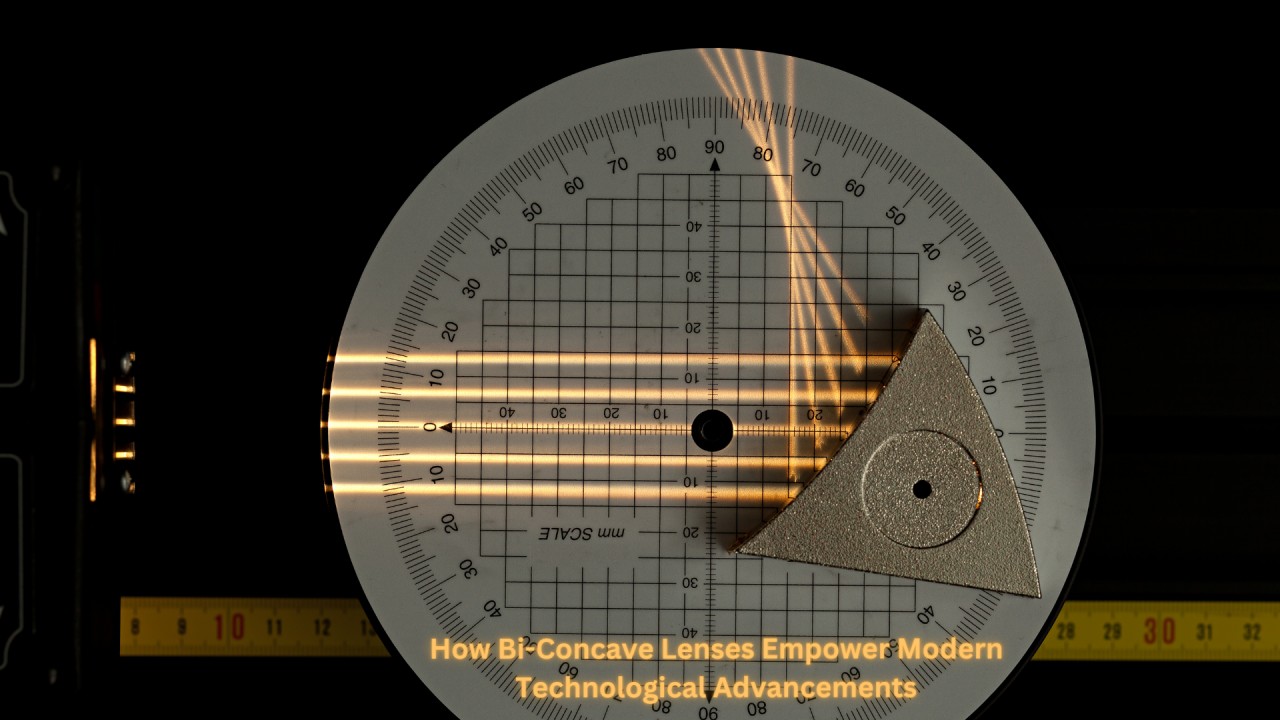In the realm of modern technology, the significance of optics cannot be overstated. Bi-concave lenses, also known as double-concave lenses, stand as indispensable components in various technological domains owing to their unique optical properties and versatile applications.
Understanding Bi-Concave Lenses:
Bi-concave lenses are optical elements crafted with dual inwardly curved surfaces, resulting in a negative focal length. Their distinctive design allows them to diverge incident light, creating virtual images. This feature makes them invaluable in a multitude of applications across diverse technological fields.
Optical Instruments and Imaging Systems:
One of the primary applications of bi-concave lenses lies in optical instruments such as microscopes, telescopes, and cameras. These lenses aid in adjusting focal lengths, enhancing magnification, and correcting aberrations, contributing significantly to the clarity and precision of images captured.
Beam Expanding and Projection Systems:
In laser technology, bi-concave lenses serve as crucial components in beam expanders. They facilitate the widening of laser beams, enabling improved beam quality and controlled divergence. Moreover, in projection systems, these lenses help modify the size and focus of projected images, ensuring sharper and more defined visuals.
Medical Devices and Ophthalmic Applications:
Bi-concave lenses play a pivotal role in medical devices, particularly in ophthalmology. They are integral components in corrective eyeglasses for individuals with myopia, aiding in diverging light to enable clear vision by compensating for the elongation of the eye.
Scientific and Research Applications:
In research and experimental setups, bi-concave lenses find use in manipulating light paths, altering magnification, and creating specific optical effects. Their ability to diverge light makes them essential tools in spectroscopy, fluorescence microscopy, and other scientific endeavors requiring precise optical control.
Material and Manufacturing Innovations:
With advancements in materials and manufacturing techniques, bi-concave lenses are now produced using materials such as N-BK7 and UV Fused Silica. These materials offer superior optical properties, including high homogeneity and low thermal expansion, enhancing their performance in various applications.
Future Prospects and Emerging Trends:
The continuous evolution of technology paves the way for further innovations in the realm of bi-concave lenses. Ongoing research focuses on novel materials, advanced fabrication methods, and miniaturization, promising enhanced efficiency and versatility in future applications.
Conclusion:
In conclusion, the applications and uses of bi-concave lenses in modern technology are diverse and far-reaching. From facilitating precision in imaging systems to aiding scientific discoveries and advancements in healthcare, these lenses remain indispensable in shaping the landscape of contemporary technology.
Their ability to manipulate light and create virtual images marks them as indispensable components across various industries, promising continued advancements and innovations in the realm of optics and technology.







